Confining oneself to one-lens-one-camera is always a good exercise for self-discipline. After all, there is a certain freedom in the self-imposed limitation. No having to decide which focal lengths are absolutely necessary. No tedious swapping of lenses, and no associated risk of dust on the sensor. Best of all, there is the convenience of low weight and bulk — just one camera and lens to pack. I chose the Leica Q3 43.
Even with the M10 or M11, I have spent whole holidays without changing the lens once. But, with the Q or Q3 43, the self-imposed choice is more refined. There’s no need to choose a lens; Leica has done this efficiently for us. This was all at the back of my mind as our carefully laid holiday plans went suddenly awry.
Elba was not our original destination. Despite all the planning for an adventurous camping and hiking holiday, fate took over in the form of a sudden hernia. Things worked out far differently as we settled for a less strenuous visit to Elba.
The “normal” Leica Q3 with 28mm focal length became an excellent one-lens-one-camera tool for me, for example during my earlier holiday in Corsica. However, the fact is that I sacrifice nothing with the Leica Q3 43 for the same purpose, despite the longer focal length. It demonstrates once again that you can prepare for anything.
Advantages
Each of the focal lengths of the two Qs has its advantages. Which is the best, is entirely down to personal preference. And some Leica fans, I know, own both cameras. That said, I have now settled on the 43mm focal length (and have no inclination towards a second, wider Q). My workaround is always to make panoramas in the absence of width. In return, I have a little more leeway with the digital zoom, which I use without scruple at the maximum available resolution of 60MP.
Holiday photos are actually a “subcategory” of reportage, combined with landscape photography. How well the Leica Q3 43 could be adapted to the sometimes rapidly changing requirements is evident in the pictures in this article.
Thwarted plans
My planning had centred around a relatively energetic camping holiday. But the urgent hernia problem, which resulted in surgery, set back the clock. A more leisurely jaunt was called for. First I had to take care of the “wound”, second I needed to find a beautiful, photogenic destination that would not involve too much exertion.
Last year we were on the island of Elba for a short week, and there was still plenty to discover. A return visit was therefore the ideal solution. I found a holiday home right by the sea and booked the ferry for the following Monday.
We set off from our home in North Rhine-Westphalia in Germany on Sunday at the unearthly hour of 3 am. By the evening we were in Livorno and by Monday midday we were in our holiday apartment on Elba.
Acclimatisation
For the first few days, our activities were not quite as sporty as usual. The cautionary words of my surgeon served to curb my enthusiasm. While my heart was drawn to the many great road bike tracks through the mountains, my head said an emphatic “no”.
Instead, we swung across the island on a scooter and visited the small places that have such a different character. At home, my brother-in-law often lends me his 300cc Vespa GTS Super Sport, so I wanted to have something adequate. There were no Vespas for rent, but a 350cc Honda SH with enough power more or less fell into my grasp.
On Elba, there is hardly a piece of road that goes straight for more than a kilometre. On the coastal roads or on the serpentine routes through the mountains and over passes, one curve follows the next. But cruising with a motorcycle on such winding terrain is a pleasure, and a three-fifty has more than enough oomph for an adventurous soul such as mine. Besides, you never have a parking problem.
As I usually do when cycling, I simply hung the Leica Q3 43 over my shoulder as well for my scooter trips. With an arm through the strap, it comes below the rib arch and is very comfortable. These cameras, as well as the M models (if you avoid a Noctilux), are fairly balanced with the lens, so they sit well and do not tilt forward and become uncomfortable.
Panorama with Leica Q3 43
After two days on the island, I dared to do the first small hike. We climbed to the Fortezza del Volterraio, a castle ruin that rises above the pass and creates a characteristic skyline dominating the eastern part of Elba.
It’s an easy hike in itself, if you start from a car park that lies halfway up the serpentines of the Bagnaia Pass road. The view is breathtaking (as from many passes and mountain ridges of the island, which we were yet to experience), over Portoferraio to the Monte Capanne (the highest mountain) you can overlook the entire western part of Elba.
The focal length of 43mm is sometimes (but rarely) too narrow for landscape, especially when it comes to such vista point images. But since “landscape” is quite static, the workaround is of course to create a panorama from several shots. You then have not only the width of an 18 or 21mm lens, but also a much higher resolution image.
To get equally exposed DNGs, I use my preferred medium aperture of f/4 or f/5.6 but fix shutter speed and ISO manually. Focus is usually on infinity. However, if this is not appropriate for some reason, you should also set focus manually.
I usually take the individual pictures in “portrait position”, that is, vertically. This allows enough redundancy at the top and bottom because usually a lot has to be cut away. The number of photos required depends on the subject. I always use the electronic spirit level in the Q’s viewfinder, placing it as a line at a certain point (for example, the horizon) and stick with it, with a quarter or one-third overlap. This becomes absolutely intuitive with a little practice and takes only a few seconds in total. Post-processing software such as Lightroom combines the images perfectly.
Macro
The implementation of the macro function in the design of the Q cameras was inspirational back in 2015, and it remains truly brilliant. In addition, the new tilting display of the Q3 models is extremely useful, and undoubtedly back-friendly.
Iron
Elba is a geological El Dorado if you substitute iron for gold. The western part of the island, with Monte Capanne, consists mainly of granite rocks. In the central part metamorphic and sedimentary rocks (such as slate and limestone) dominate, and in the eastern part are the plentiful iron ore deposits. Iron made Elba interesting, even to the Etruscans before the Romans, and influenced the eventful history of the island.
There are also various disused mining sites in the area of Rio nell’Elba. What made me curious was the “Laghetto delle Conche”, a small lake as red as blood (or purple, depending on the angle of the sun). The colouration is explained by haematite dissolved in water.
From the secondary road above the lake, Strada Provinciale (SP) 33, there is a hiking trail which doubles as a mountain-bike route. The path leads through the typical holm oaks, slightly downhill and is characterised by interestingly coloured stones.
At the lake, I noticed that 43mm once again provided too little angle of view to capture the scene. A clear case for a panorama. Only this time I was too economical with the individual shots: I did four in a row and would have done better with two rows on top of each other. But to achieve a similar result, I could have used the iPhone 16 with its 13mm (converted to 35mm) wide-angle camera.
But we are always wiser after the event.
If I again mention a situation in which the focal length of the Leica Q3 43 was not “wide” enough, this does not mean that the 43mm is not completely acceptable in 99% of the other cases, including for landscape. On the contrary, often enough, the angle of view of the Q3 43 is ideal for this.
Granite
Above the village of San Piero in the area of Monte Capanne you can hike through the region of granite rocks. We chose a path to the “Pietra Murata”, a huge granite monolith, on which a so-called “Caprile” is also built, an historic shepherds’ hut. These “Capriles” are typical of the area.
Along the entire hiking trail (starting from San Piero) there are large granite blocks. You move through different heights with the typical oaks, brooms, and myrtle. The air is filled with the scent of plants, especially rosemary or thyme. But it can also happen that you suddenly stand in a cloud of peppermint or eucalyptus. This makes hiking on Elba a special experience.
The area around Pietra Murata is one of the oldest settlements on the island (since the Bronze Age). It looks like the giants have played with a stone Lego kit here. The view of the south coast, the island of Pianosa and Corsica is fantastic. The hiking trail is also a (demanding!) mountain bike track, so pay attention to downhillers.
Limestone
Central Elba provides a wonderful opportunity to hike over the main ridge. Sedimentary rocks dominate here. From the SP32 pass (“Le Panche” car park) the path goes over the ridge to the southeast towards Porto Azurro or in the opposite direction to Cavo.
The ridge path is straightforward to walk, and we stopped above Porto Azurro before returning. Of course, we had fantastic views in all directions. And all of this was feasible during the first week, as I came to terms with recovery from the hernia operation.
In the second week (by which time I was much fitter) we started a hike at the “Santuario della Madonna di Montserrato”, a pilgrimage church behind which a via ferrata to Monte Castello begins. The path is poorly marked in the lower part and made more difficult by scree.
A sign indicates that it is for experienced hikers, and my wife expressed doubts whether we should take it. But, obstinate male that I am, I pooh-poohed that notion and set forth with my nose pointing uphill.
We mastered the trail without problem and arrived at the place where we had interrupted the hike over the main ridge the week before. There you can continue hiking in different directions. To make a loop, we then went towards the Monte della Croce above Porto Azurro.
There are also some climbing points with steel ropes on the rock face. This was certainly the most “alpine” hike we did. Below the Monte Croce, an (easy) path leads back to the starting point.
A rally
From Wednesday, during the first week on Elba, it was possible to encounter classic rally cars on the way, which were usually speeding through normal road traffic. I was very familiar with the car types themselves as they were the models that I had repaired in the 80s as a car mechanic.
But real races took place, for the purpose of which entire sections of the island infrastructure were cordoned off. This turned out to be really annoying, to say the least. On Saturday, it affected us directly because the only road that led away from our holiday resort (Nisporto, quite remote) was closed at nine in the morning.
To avoid this, we took the road early enough with the scooter over the pass to Rio nell’Elba. Many iron ore mining workers used to live here. Now, it is less touristy than Porto Azzurro or Capoliveri for example, which are almost “glamorous”.
In the small bar on the main square, we had breakfast in Italian style; for me this was a Café Americano and a croissant. We went there several times and found the ambience very relaxed. The weather was very mixed that morning. As soon as we got comfortable under the umbrellas in front of the bar, a light thunderstorm came. It rained lightly several times during the next hour, but we sat in a dry place while enjoying another coffee.
The roar of the rally cars that tiled up the pass could be heard all the way into the village. Finally, we walked up a small side road to the Pass of Volterraio (15 minutes on foot) because I wanted to see what was going on there. The rally was in full swing, I took a few photos of the cars racing by.
Based on experience of the mountain racing, during the Deutschland-Tour cycle race, I set the autofocus of the Leica Q3 43 to “continuous” and the exposure time fixed to 1/2000s so that the camera did not switch to electronic shutter, which would inevitably have led to “rolling shutter” because of the fast moving subjects.
I had not set continuous shooting, but for every passing subject, I took several single images quickly one after the other, and each one is sharp. Even though the autofocus of the Q3 models is often classified as slower compared with the models of the Far Eastern competition (I could never check this), I cannot say that it is too slow for my purposes. On the contrary, it did everything I asked of it.
We didn’t stay there long, but went on the ridge path towards Cavo. A German hiking group of almost thirty participants had it worse: They actually wanted to take the ridge path in the other direction, but had to cross the road, which was categorically closed.
They were forced to wait for a race break shortly before 1 pm. We, on the other hand, walked a little over the ridge and descended from there again to Rio. We were slightly upset by the rumble of the open intake nozzles of the old carburettor engines reverberating in the mountains because this significantly impacted the hiking experience.
In Rio, we grabbed the scooter and fled, had a lunch snack at the “Ristoro rurale Orti di Mare” in Lacona and then drove on via Sant’Illario in Campo over the Monte Perone Pass to Poggio, where it was coffee time again.
A small hike above Marciana, a Birra alla Spina on the village square, then the day was over and we made our way back to Nisporto.
Cycling
Elba is great for road cyclists and mountain bikers. But for “normal” cyclists (with or without electric assistance) it is not ideal. There are virtually no secondary routes between locations. If you want to cycle from Portoferraio to Porto Azurro or Capoliveri (almost 14km, absolutely realistic as far as the distance is concerned), you must stick to the main road which is two-lane and not particularly wide.
There are no bike paths on the connecting roads throughout Elba. It’s not too bad for single cyclists, but couples or groups (and we saw 20 and more grouped e-bikers), it’s no fun. There is less traffic in the mountains and there are beautiful routes to explore — for instance, over the Monte Perone. There are also gravel tracks that can be negotiated by road bikes.
Towns
Portoferraio as the island’s capital is definitely worth a visit. The old town is located below the Forte Falcone. There you will find the “Stairs of the Medici” and the old water gate (Porta di Mare) to the harbour. The Archaeological Museum is very tidy, but not exciting.
On the Linguella you will find the ruins of a Roman villa and the Torre della Linguella, a very prominent part of the skyline at the entrance to the harbour by ferry.
The towns on the coast are naturally more tourist-oriented than those in the mountains, except for Capoliveri. We visited our favourite ice cream shop again and took a tour through the old town. In Poggio or Marciana there is less hustle and bustle, but they are also beautiful, especially the view of the north coast with Marciana Marina down by the sea.
In Sant’Illario or San Piero it is much quieter, but that does not mean that they do not have their attractions, just like Rio nell’Elba, which we had chosen as our main town, because of the bar…
Of the port cities, I would especially highlight Porto Azzurro. There is a beautiful harbour front, with a square and a lovingly restored old town. We often sat in the Piazza and enjoyed the ambience with a portion of ice cream or a coffee.
At the northeastern end of the bay there is a path below the fortress of San Giacomo which leads around the landing to the next beach (approximately 15 minutes), the Spiaggia di Barbarossa. If you want to extend this to a small hike, you continue via Spiaggia Reale to the (“black”) Terranera beach.
Elba also reminds us of Napoleon. He was here for almost ten months before he escaped to start the “one hundred days”. After the Battle of Waterloo, the Allies forsook Elba and, instead, banished him to the far island of St. Helena from where he found it impossible to return. We did attempt to visit his Elba home of Villa San Martino but turned back in the face of hordes of tourists. The historical significance of this place is rather doubtful anyway.
Home
I have to say mention our holiday home: It was exceptional. Nisporto is small and quite remote — out in the boondocks, as Americans say. To reach our house, you had to take a very narrow road between hedges and houses on the northeastern outskirts, which also had a 25-30% slope and slight curves.
When we got there, I drove the scooter up easily enough, while my wife sweated blood and tears in the VW Camper van because she had only millimetres of leeway to the right and left.
Higher up, the track went straight ahead for a few hundred meters until we had enough space to park above the house.
My wife declared that she would never drive there again and that I would have the honour of getting the van away from there. Since we used the scooter the whole time, I didn’t face this “challenge” until the last day and, in retrospect, can easily understand how my wife had fared. In addition, as usual, down was easier than up.
The house itself was beautifully situated on the cliffs by the sea. On several floors, there were apartments overlooking the Tyrrhenian Sea. With a calm sea, you could walk down a steep staircase to the water and swim. Otherwise, almost every evening when we were not eating somewhere, we enjoyed a sundowner on the terrace, mostly with other residents.
We all sampled the wines we had brought from different domains of Elba and exchanged cultural ideas. With an Italian couple from Piacenza, a couple from Vienna and one from Munich, there was always a good mood at sunset, which looked different every night. From there you look far over the bay to Portoferraio and the Monte Capanne.
When we had successfully viewed the sun ducking behind the horizon, we cooked something Italian from the provisions we had bought directly from the producers during the day. A few times we also went out for dinner; we knew a few good addresses from our previous visit.
How the days passed
Most mornings I rode the scooter to Bagnaia, a few minutes (up and down!) along the coast because only there was a small bar that had bread and croissants. There was already a bit of activity at eight o’clock, and I was always tempted to have a coffee.
But the way there and back alone was worth it — a real “scenic route”. Especially at one point I thought, “I have to go here at sunset or in the dark”, but I was always too lazy to do so.
After breakfast, we saddled the scooter and were normally on the road all day. We did our hikes, visited most of the villages at least once, and always carried bathing suits with us. We preferred to stop in the Biodola bay (where we had stayed the previous year) or on the beach of Lacona on the other side of the island.
Apart from planning the hikes in advance, we otherwise let ourselves drift a bit. At noon, we ate a little something in a Trattoria away from the “madding crowd”, for instance in San Piero, or when we passed Orti di Mare at Lacona.
Conclusion
I’m glad we made it to Elba after my unplanned surgery. Actually, we wanted to go camping with the VW in Sardinia this year, but we will have another chance for this sometime. And this year it was better to have the flat. I refrained from using the racing bike, but the hikes became more demanding every time. Riding a scooter was fun and is always very practical as a means of transportation (not only in Italy).
Yes, and the Leica Q3 43 as the only camera for this trip didn’t leave me feeling short-changed in the slightest. There were a few occasions where a shorter focal length would have been desirable, but they didn’t add up to a dealbreaker.
There was always a workaround. In general, the 43mm focal length is pretty universal. Most photos in this article are not cropped at all, or only slightly cropped. You can manage well with the angle of view when it comes to composing an image. And if not, there is the really easy-to-use digital zoom, which saves you carrying a bagful of lenses (and then being spoilt for choice). The optical performance of the APO-Summicron is superb, even at full aperture, and gives the photos depth and sharpness, not to mention attractive bokeh.
In addition, the operating concept of the Qs is simply fun. In no time, the camera can be transformed from a “point and shoot” into a fully manual creative machine. The macro function is ingenious, and the folding display on the Q3 models is much more practical than I would have given it credit for.
For the last holiday in June, the Q3 43 had a break at Leica Customer Care, where it was given a new sensor. The old sensor had suddenly been attacked by a cluster of dead pixels, for whatever reason. Despite all the whining about turnover times, the camera was back within two weeks.
The bottom line is that strictly speaking, I would not need another (digital) camera for my purposes. But… working with the rangefinder of the M11-P is something special. I wouldn’t want to do without either camera if push came to shove.
Translated from the German by Mike Evans. You can view the original German version (with many more pictures) at Claus Sassenberg’s website, Messsucherwelt.
Make a donation to help with our running costs
Did you know that Macfilos is run by five photography enthusiasts based in the UK, USA and Europe? We cover all the substantial costs of running the site, and we do not carry advertising because it spoils readers’ enjoyment. Every amount, however small, will be appreciated, and we will write to acknowledge your generosity.
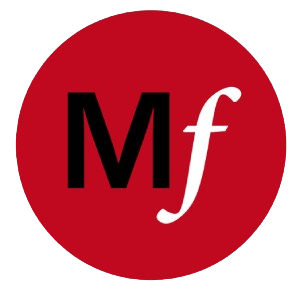

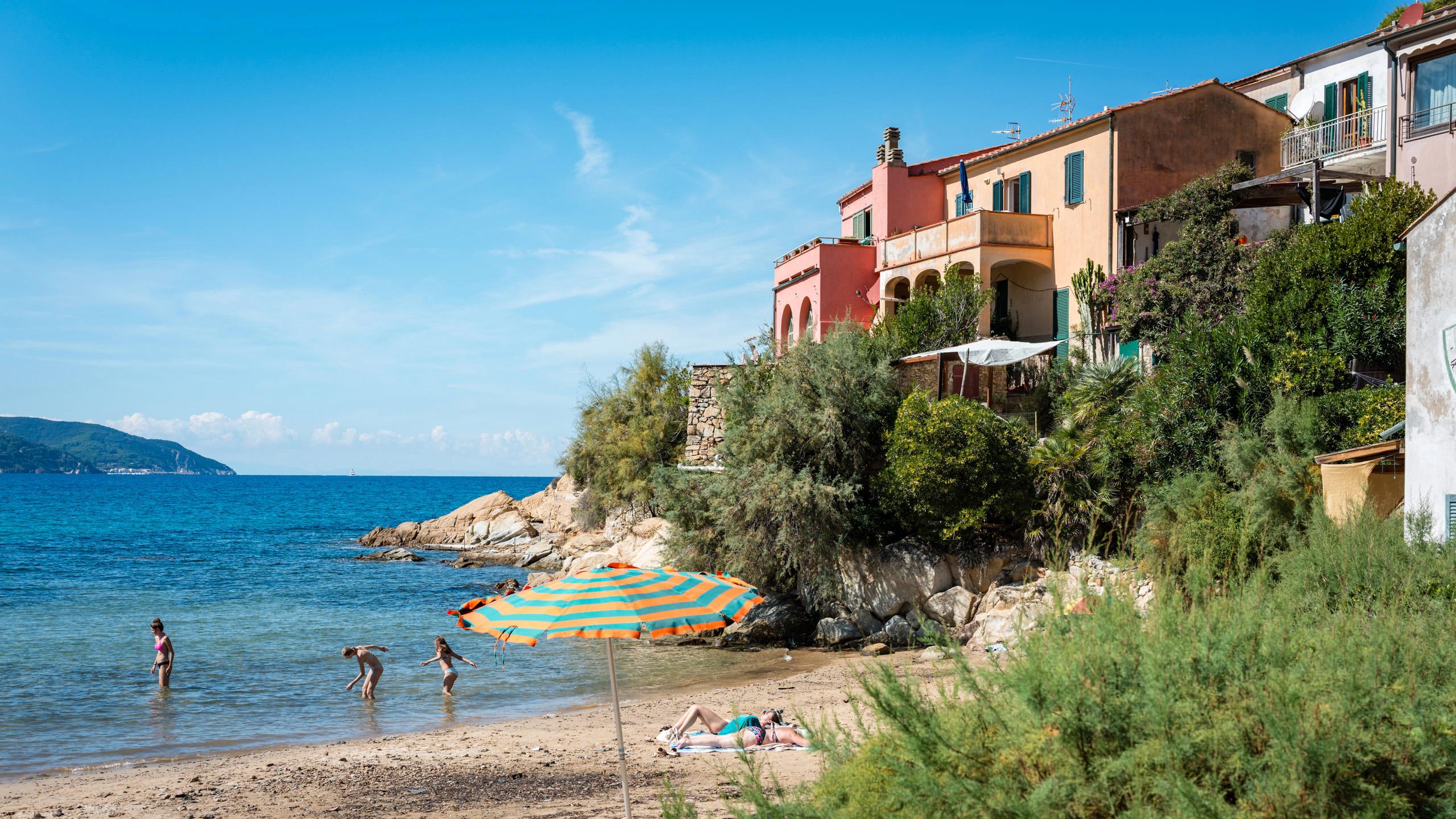


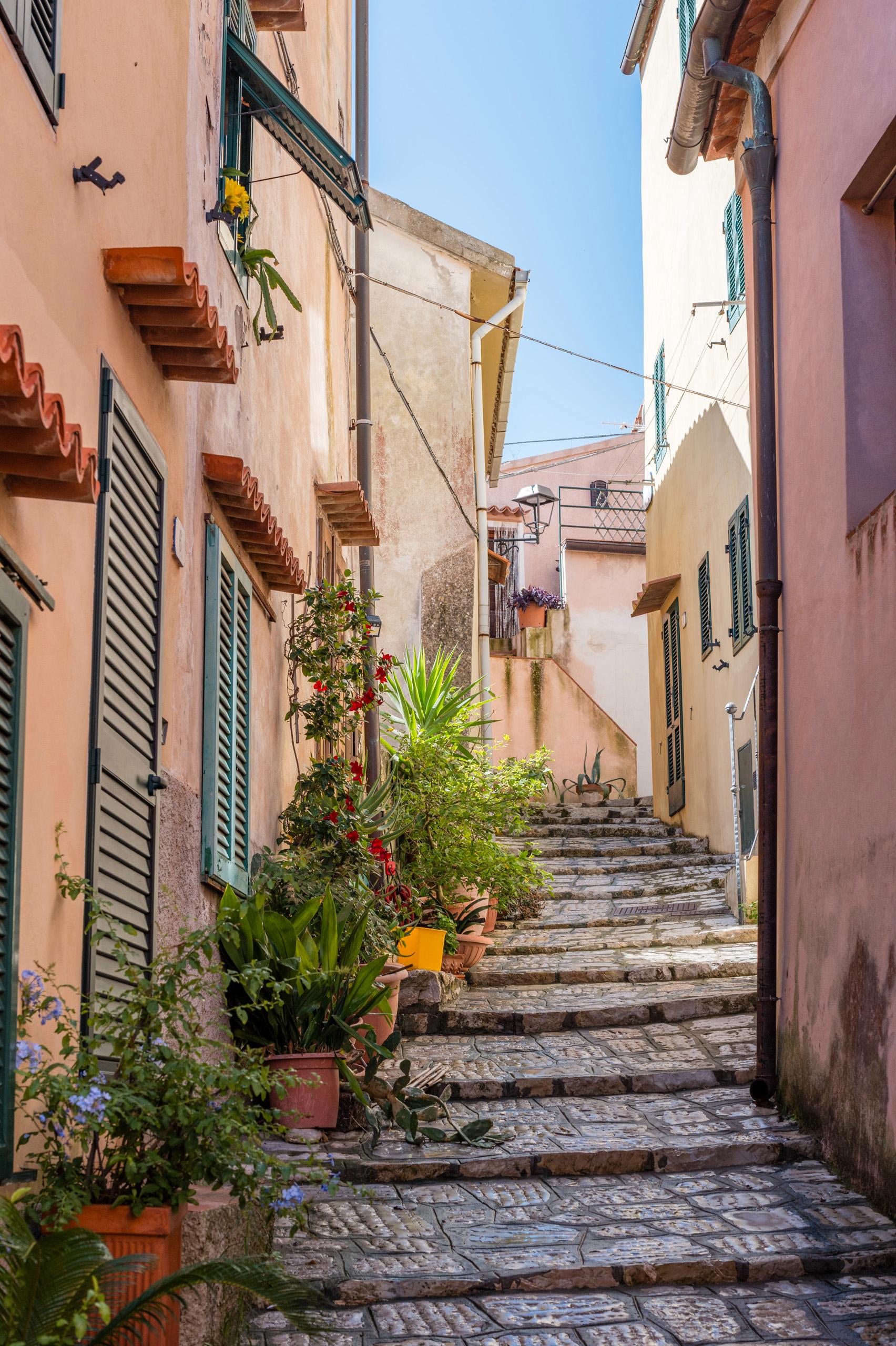

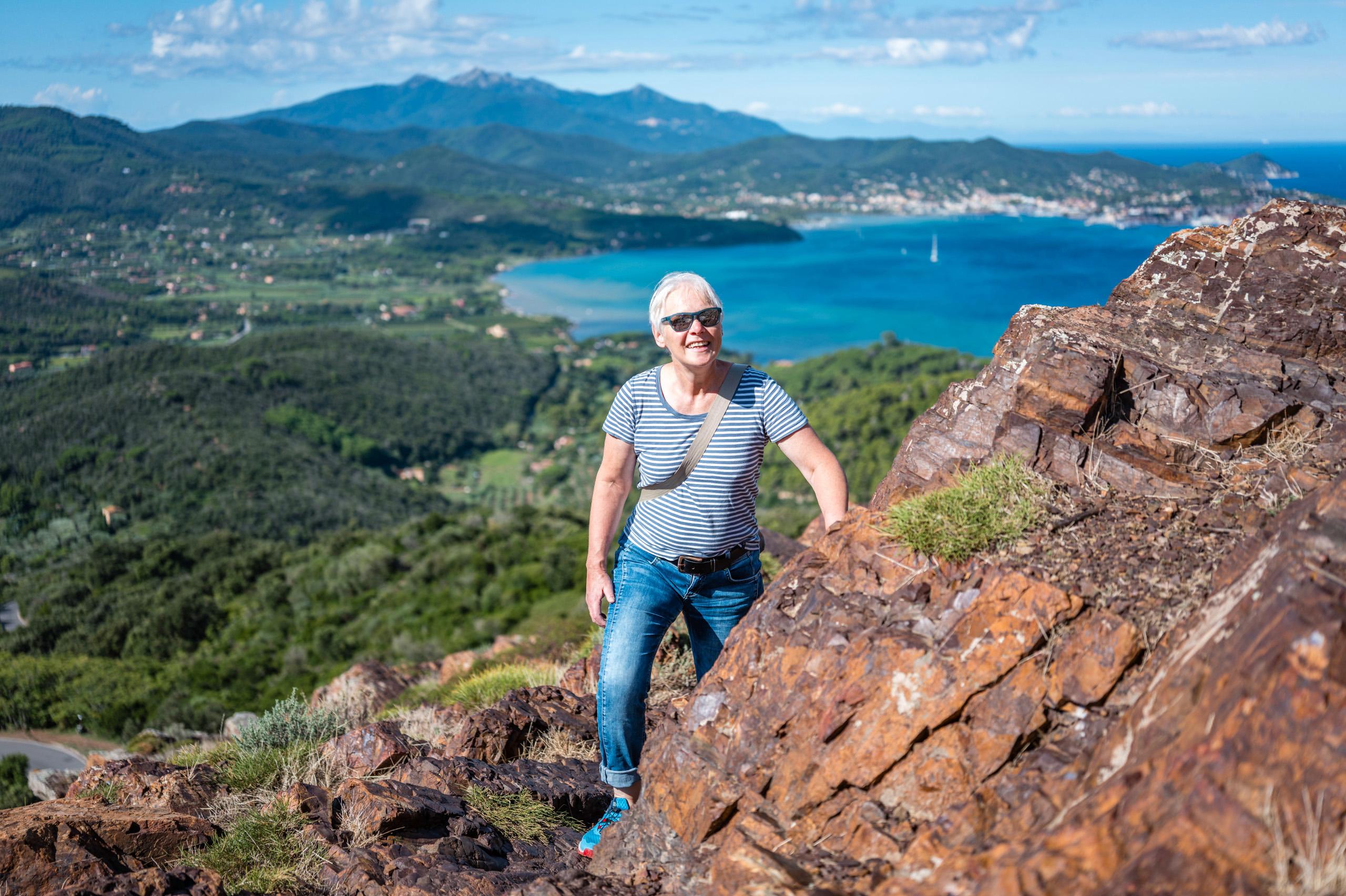

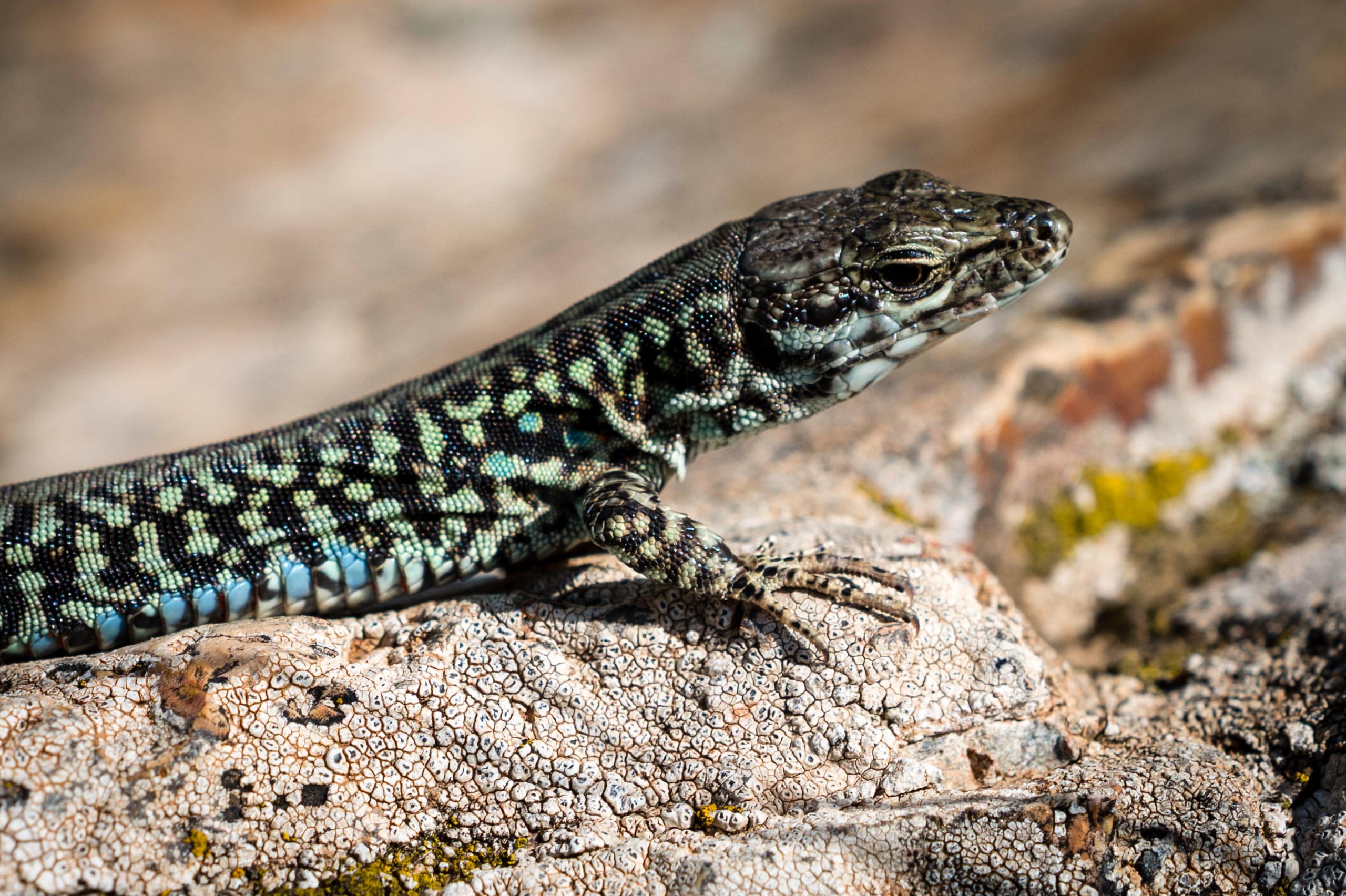

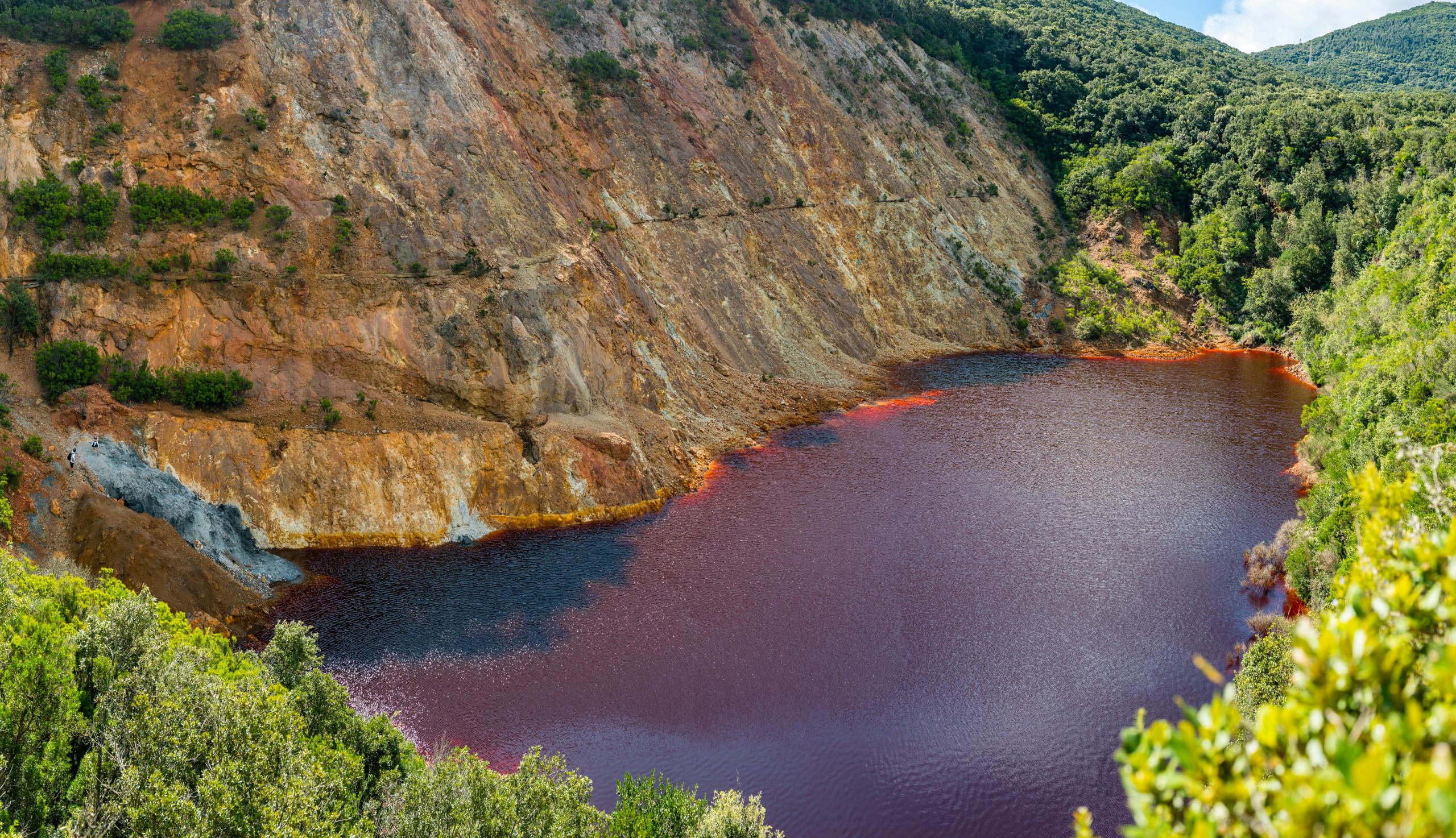

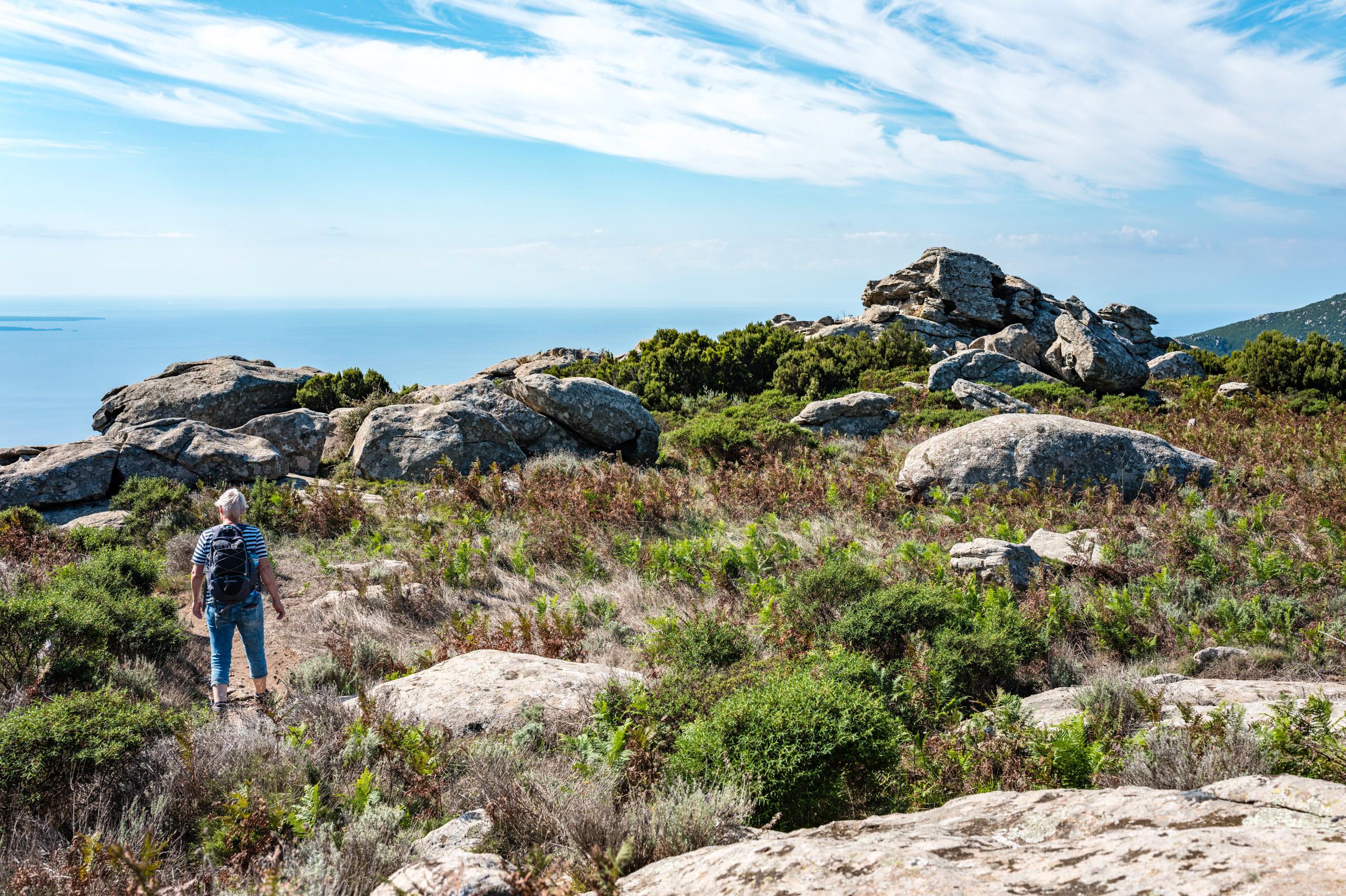
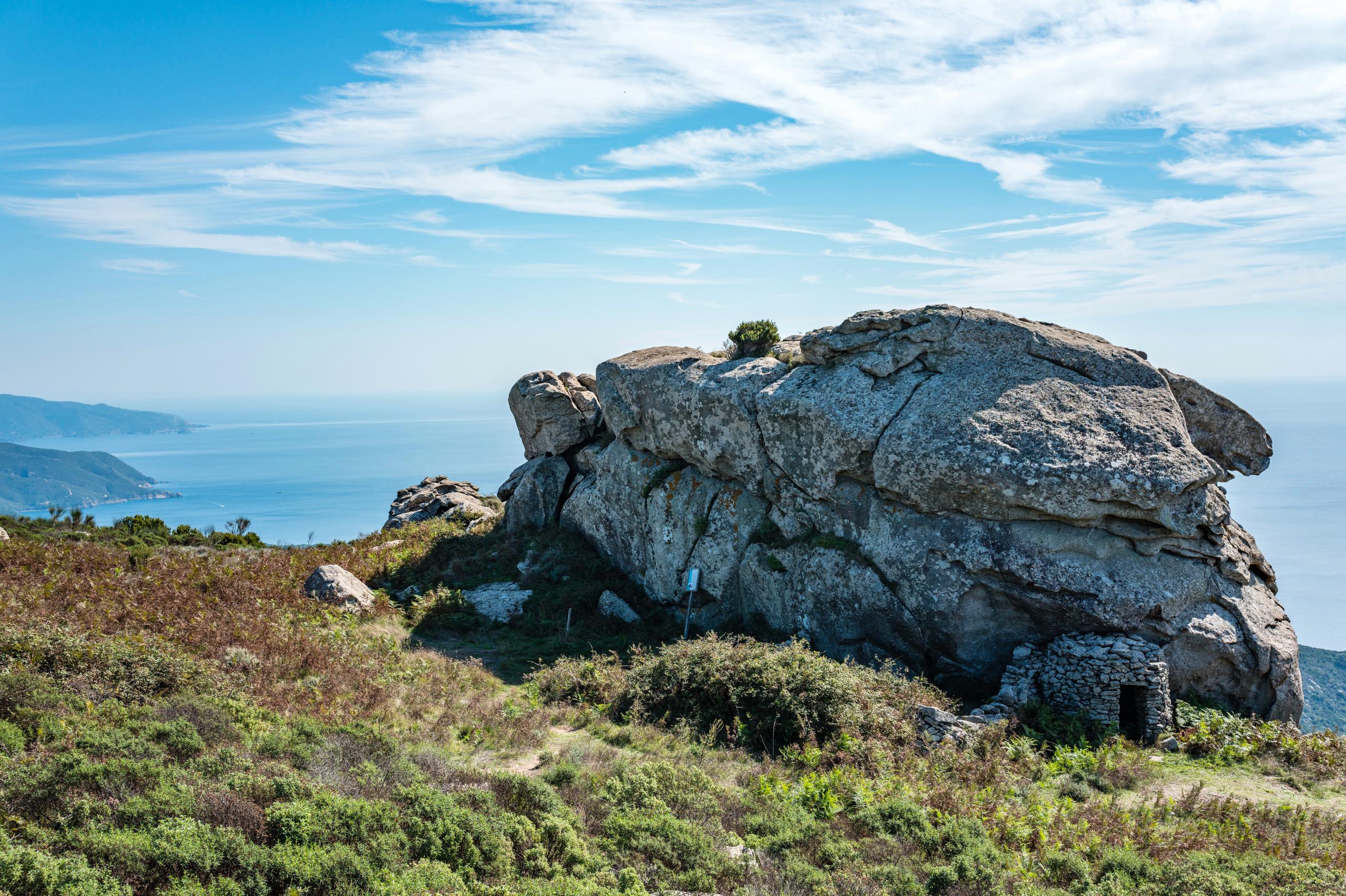
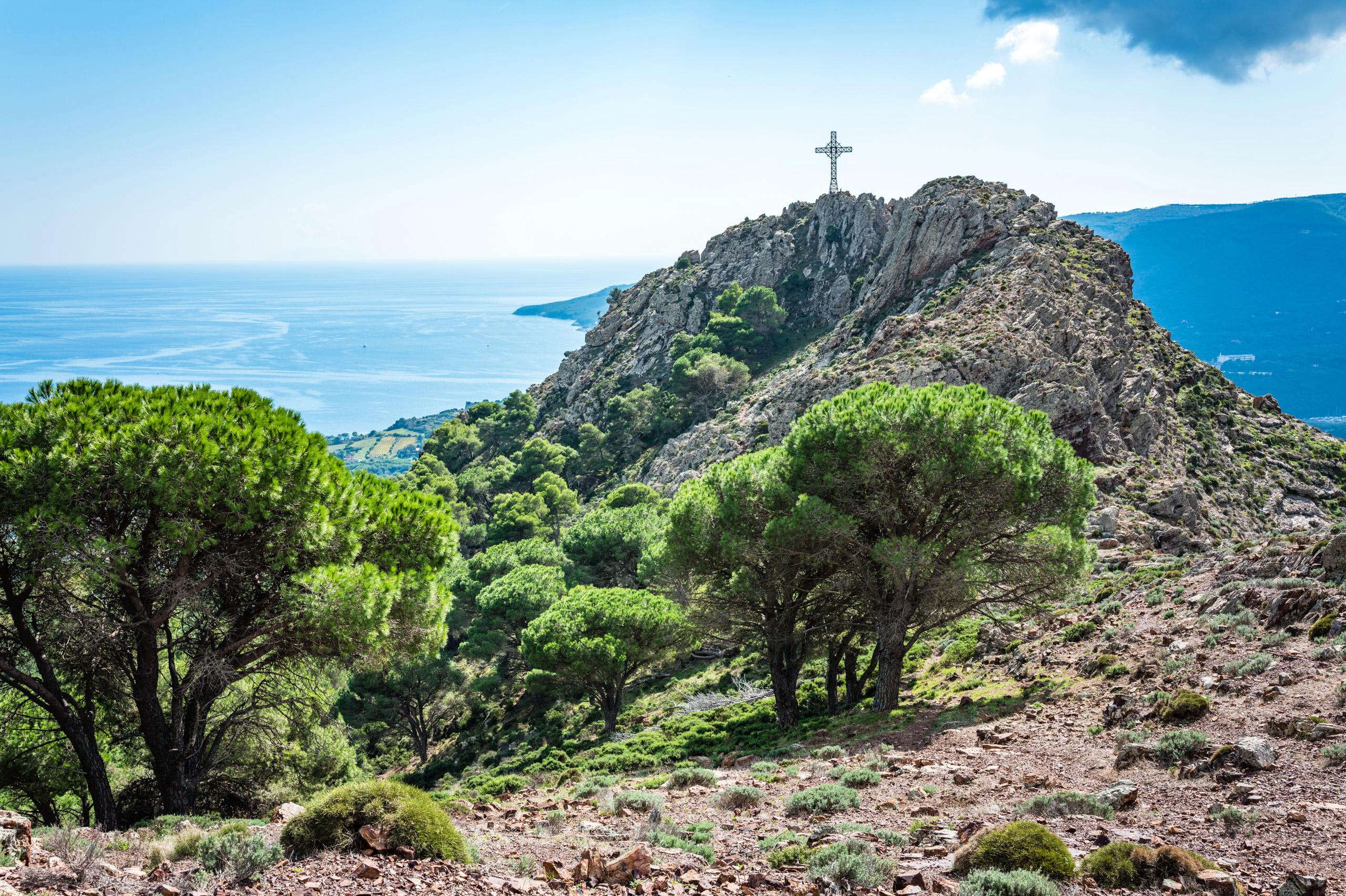
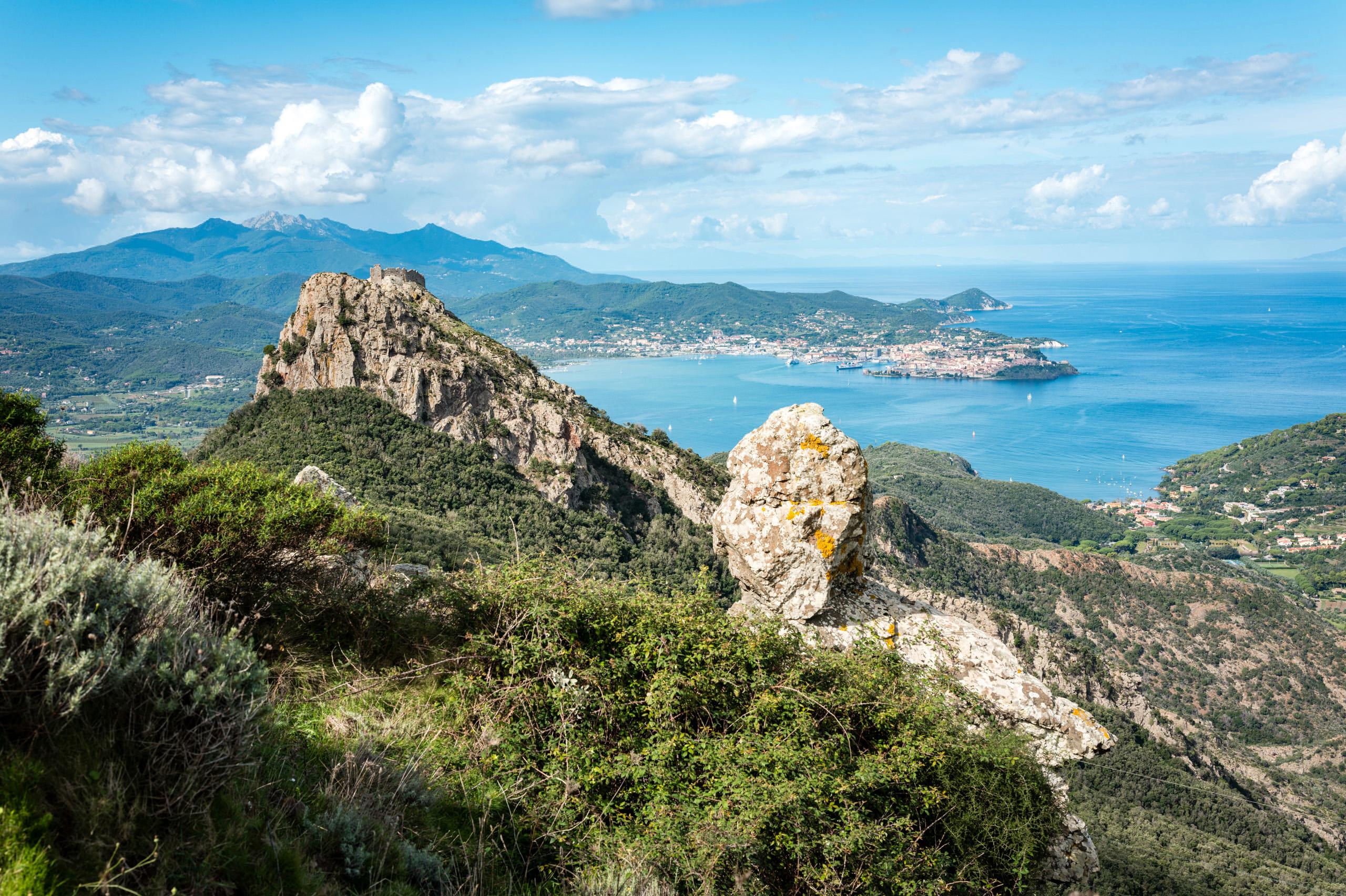



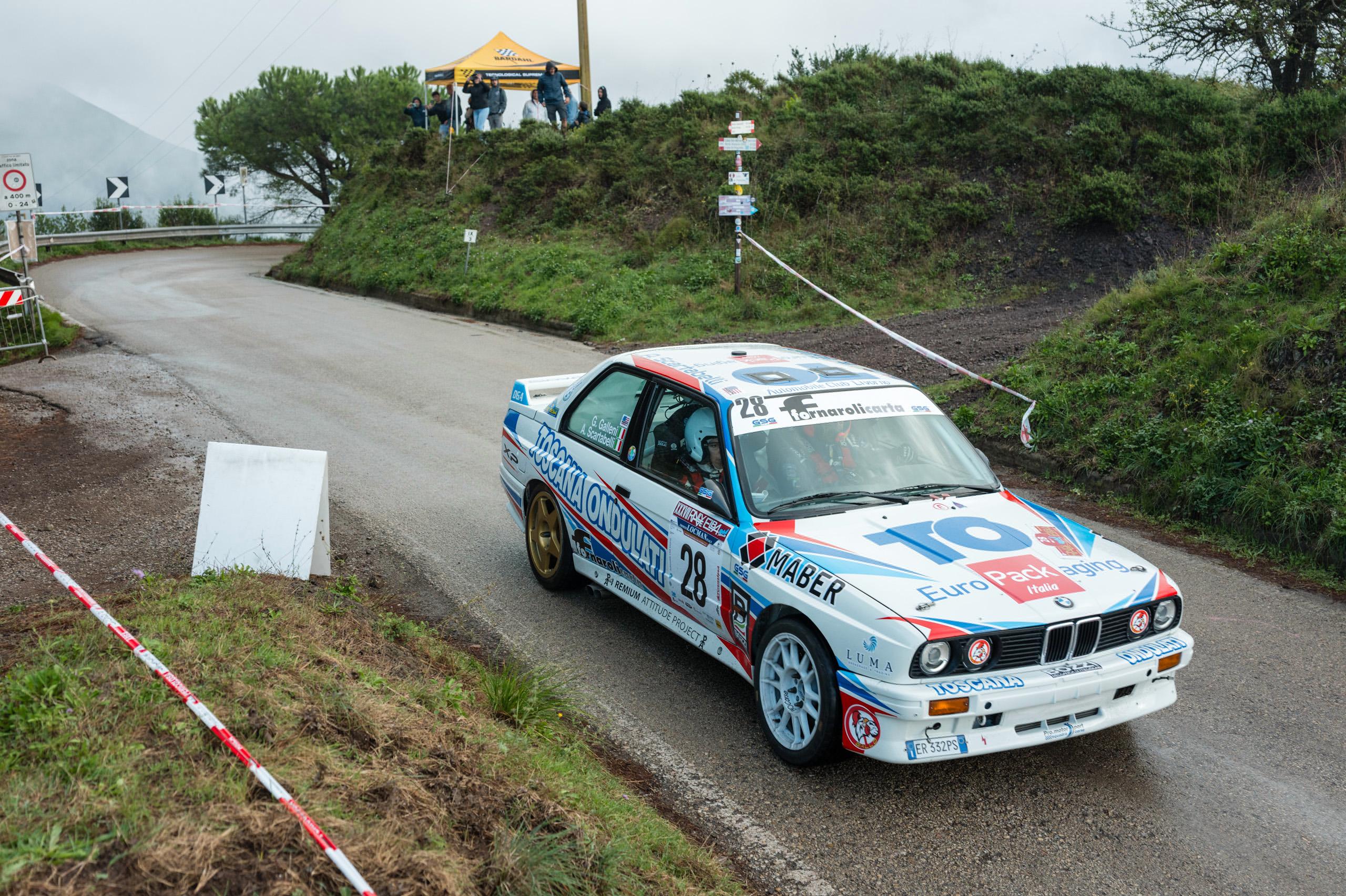
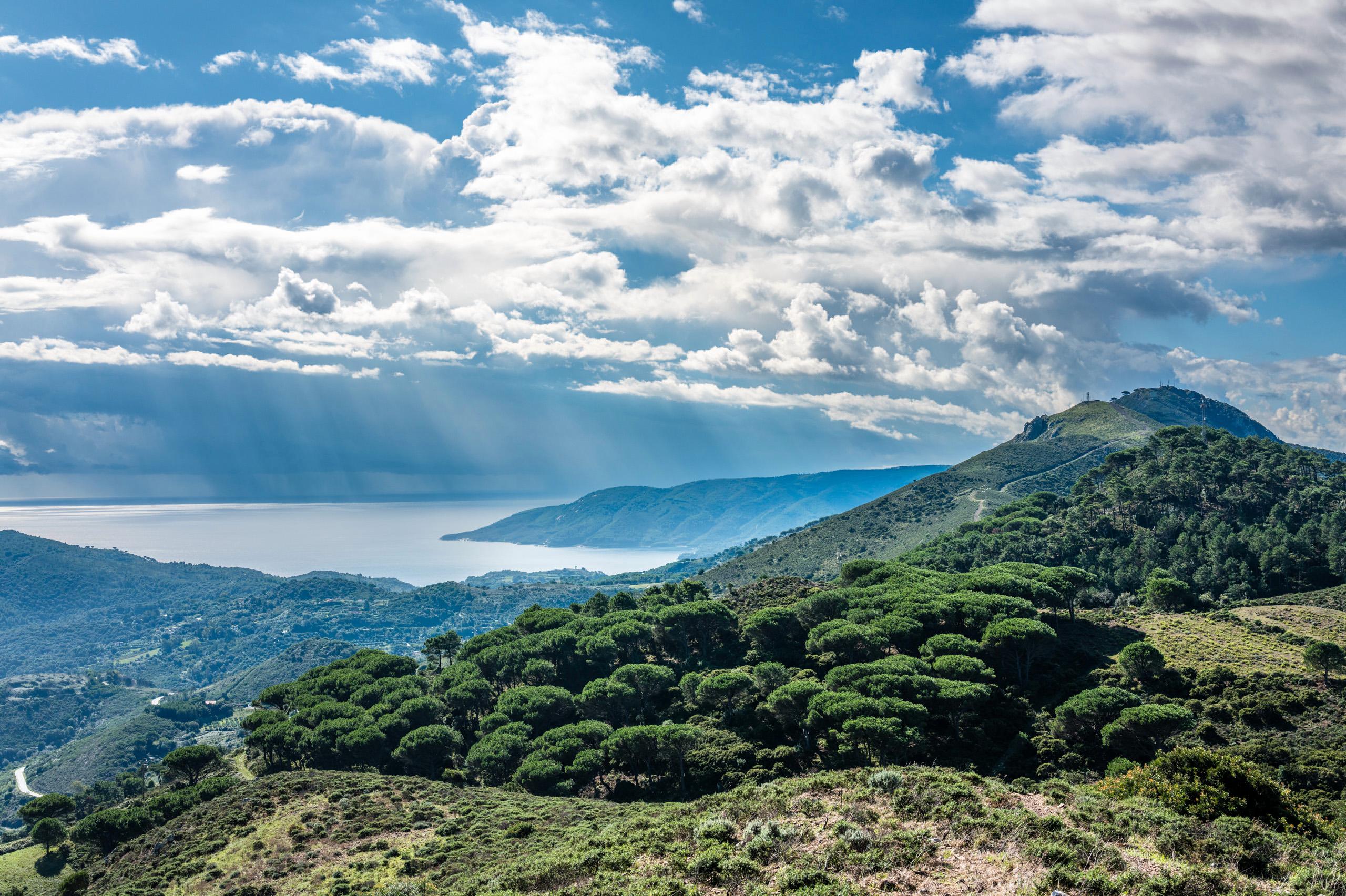
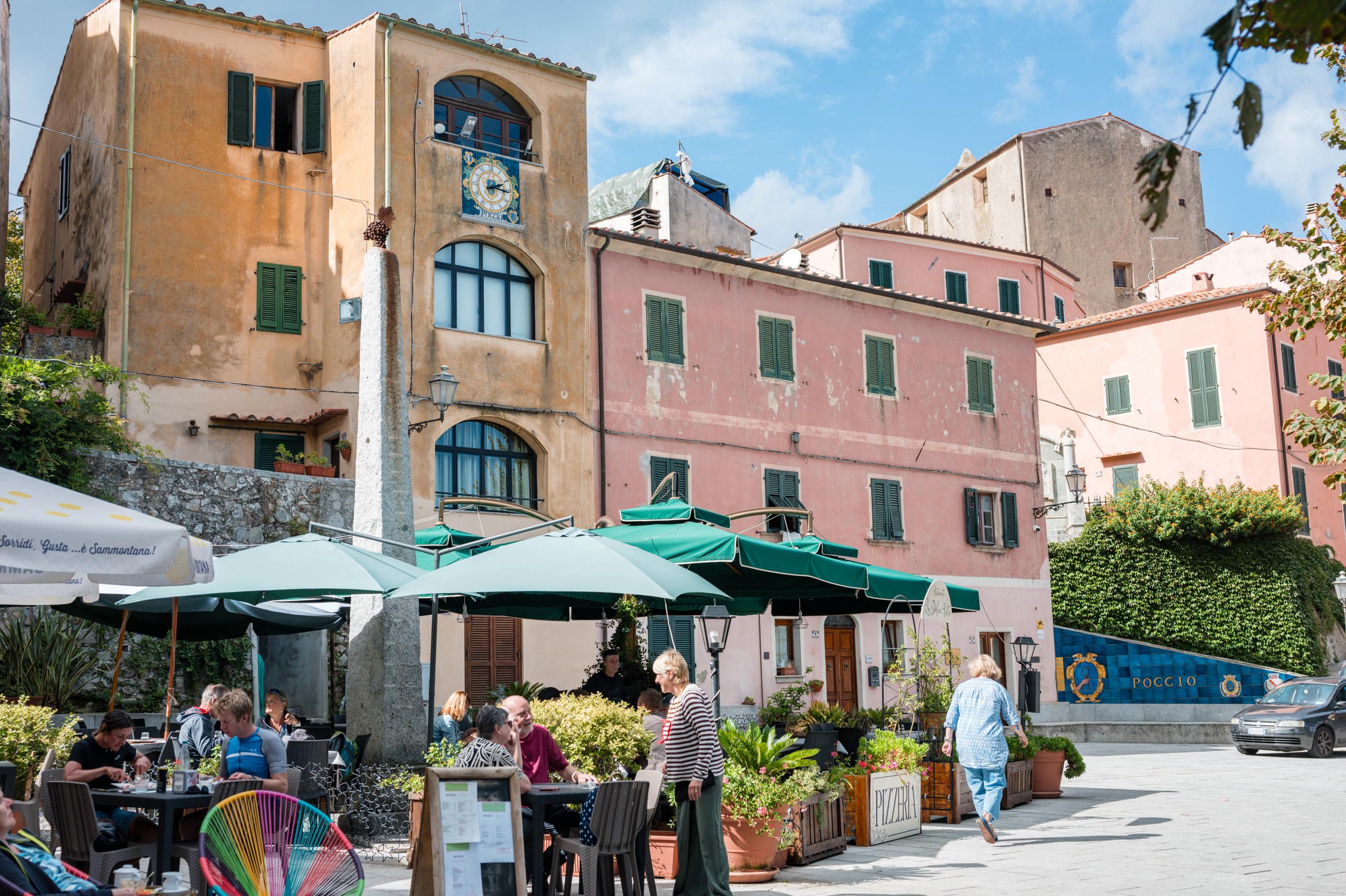
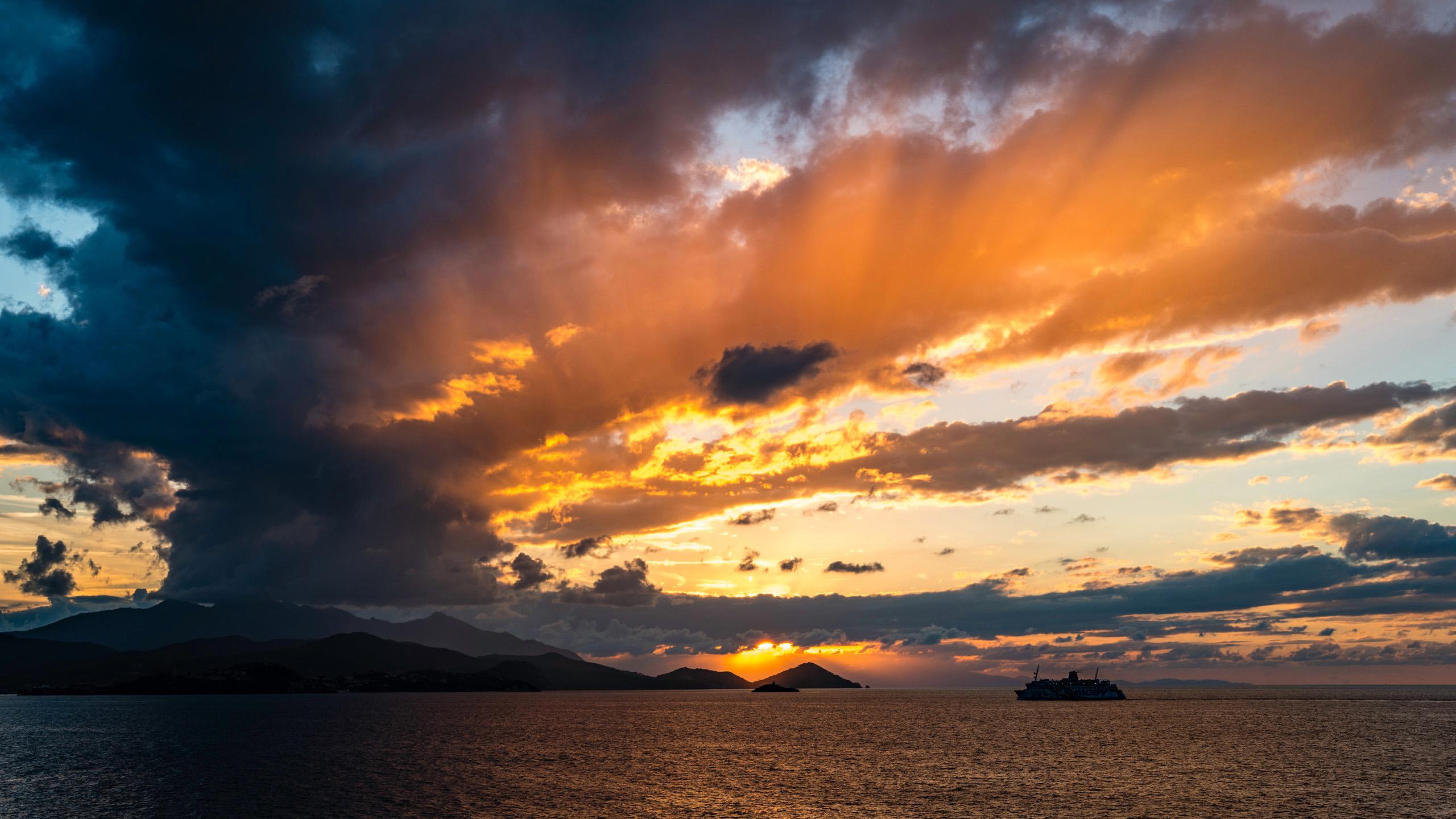
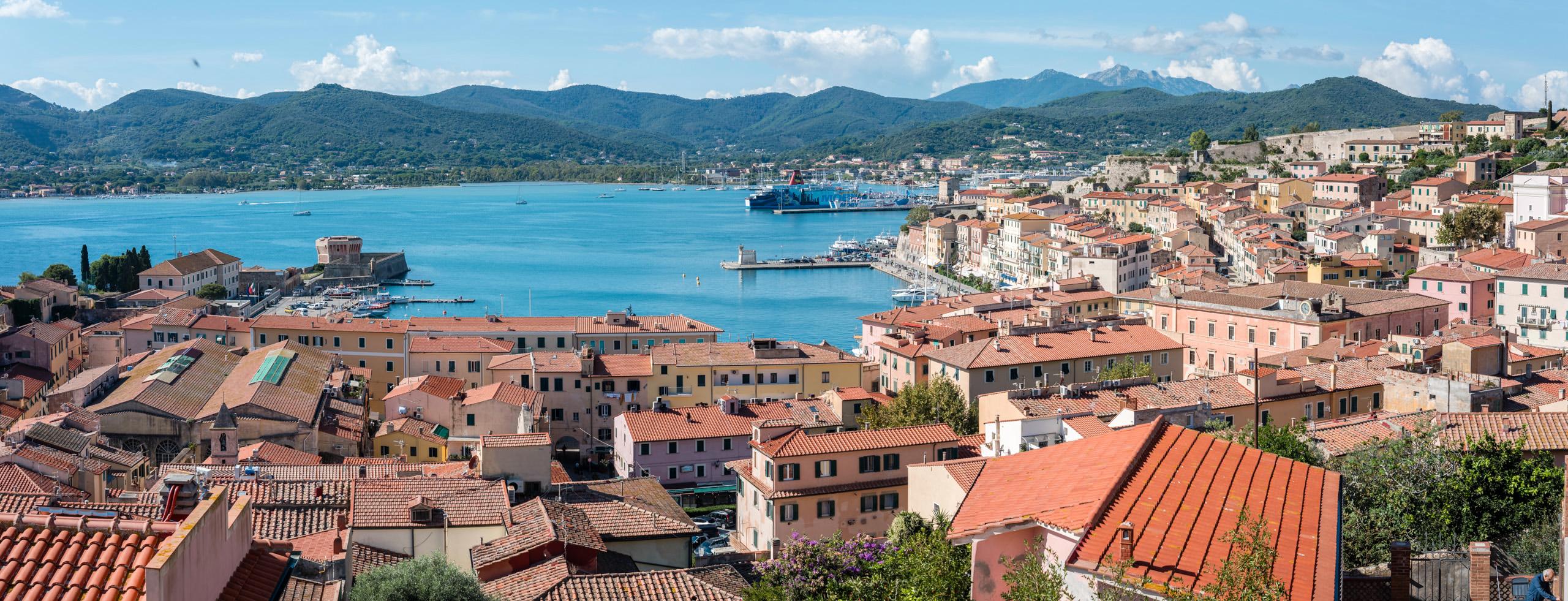

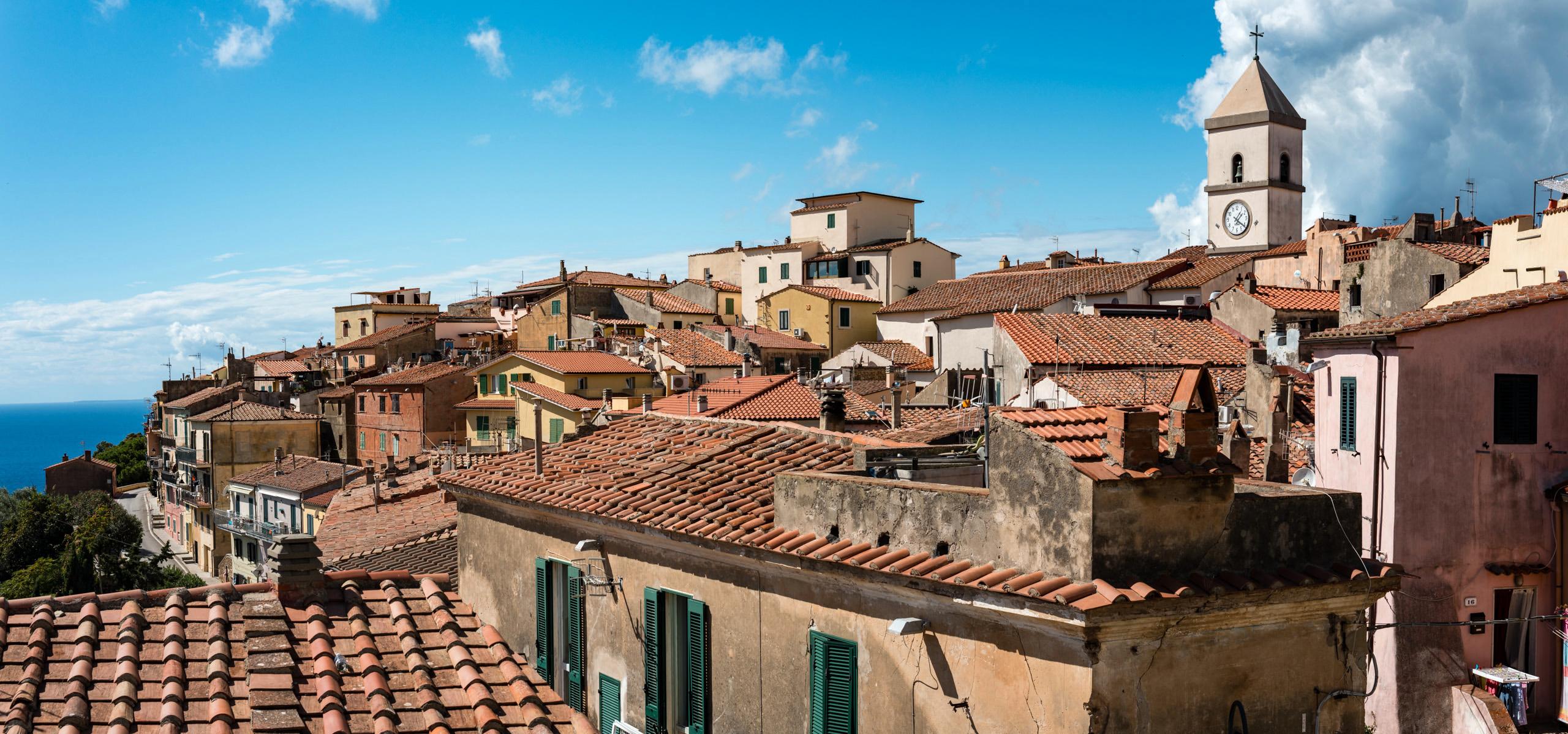

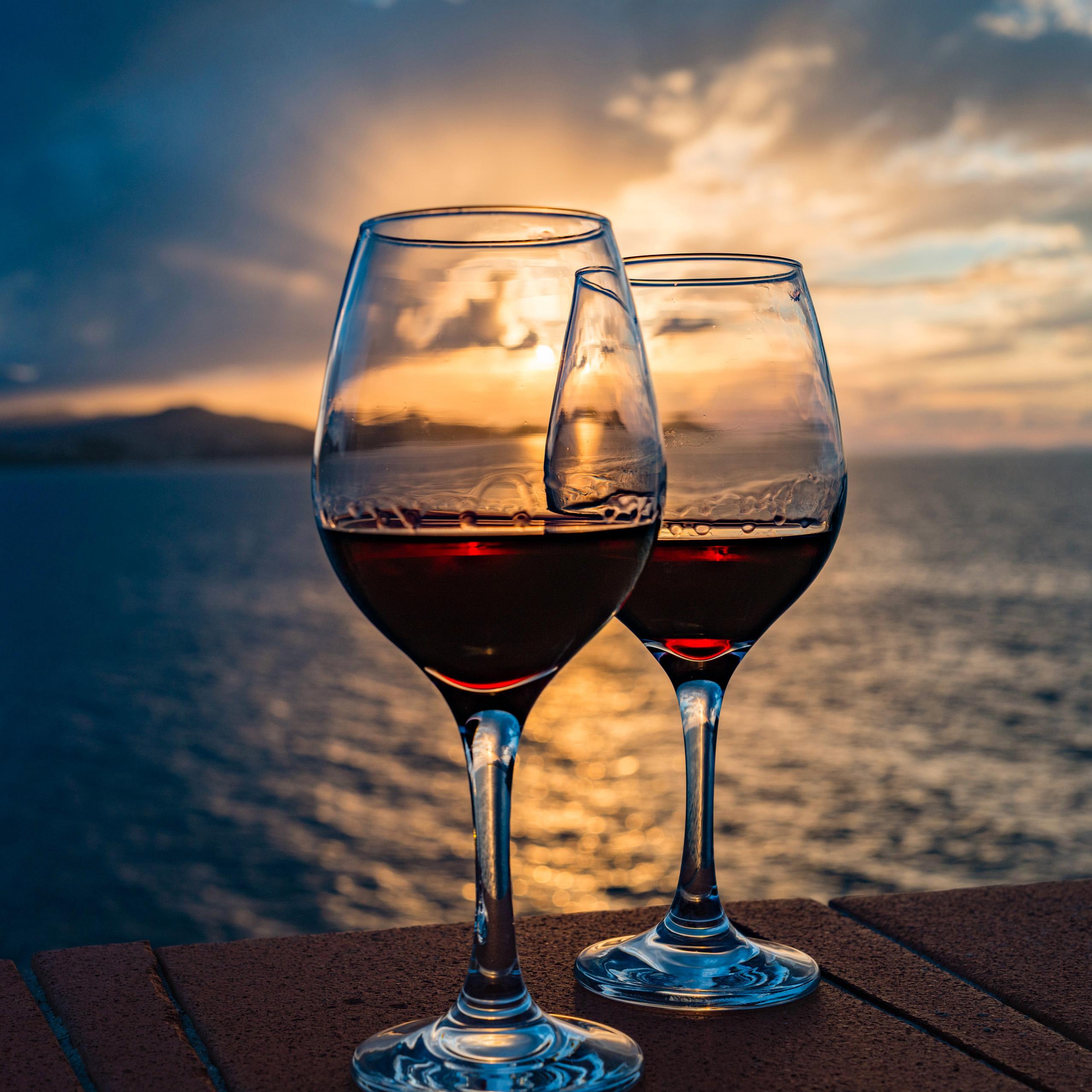



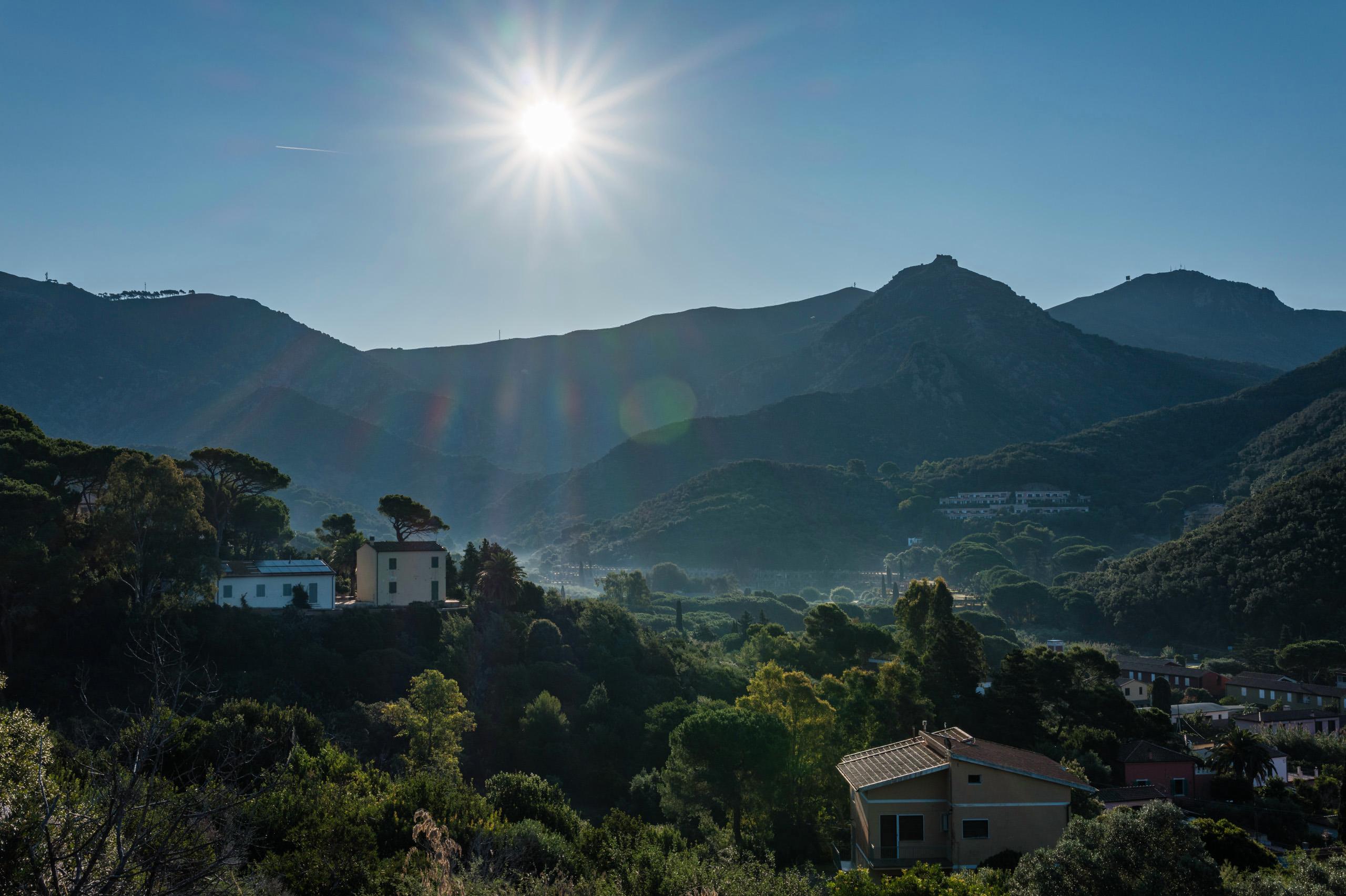

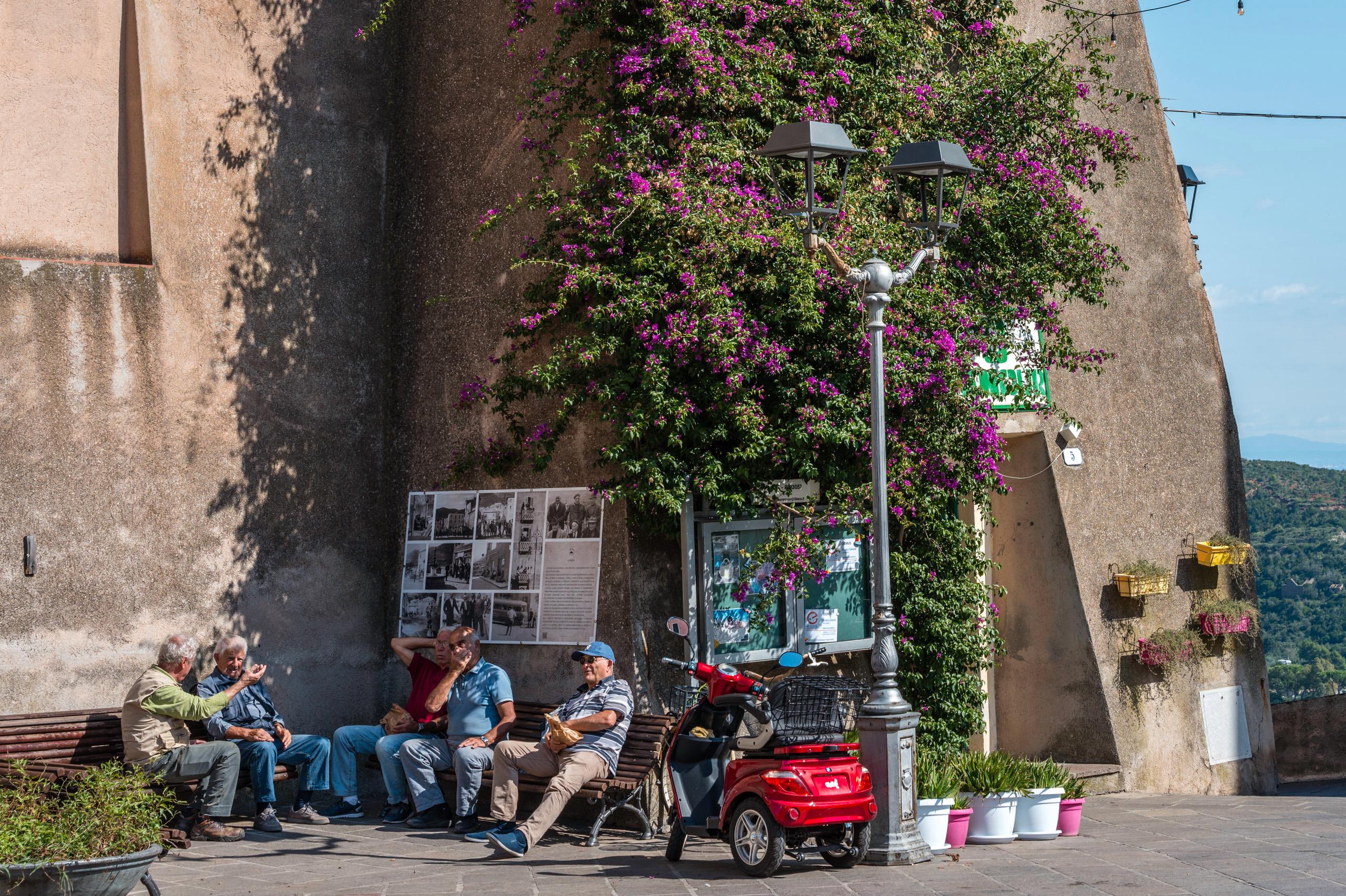
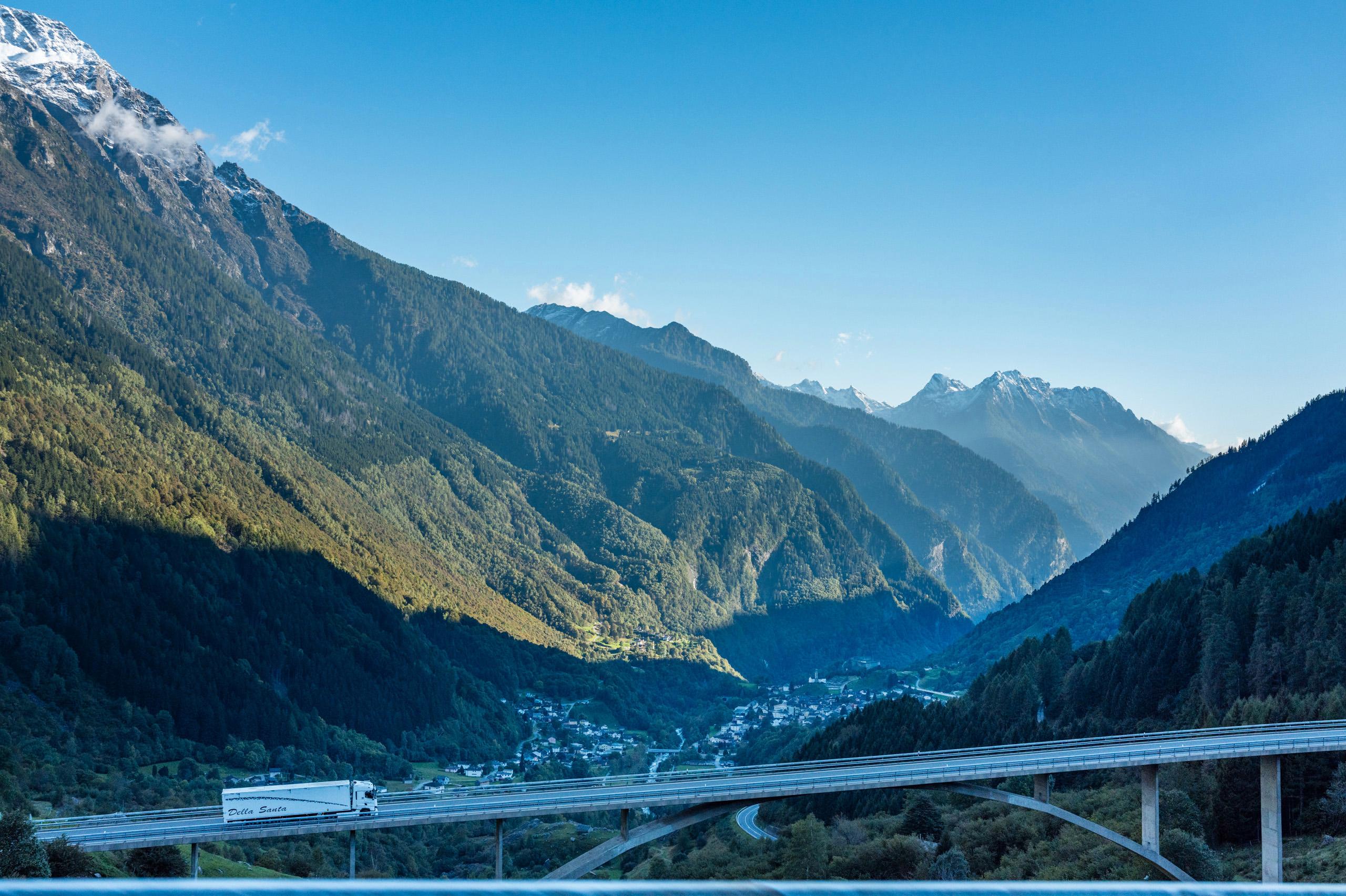
I’ve been avoiding the Q3 43 as I do a lot of landscapes, so I use 28mm quite a lot. But, I’m intrigued by your panorama workaround. I had sort of considered that approach but ruled it out as too much effort. Maybe I should take another look.
Creating a panorama with the Q3 43 is straightforward and very quick.
It is no problem to produce angles of view corresponding to 28 or 21 mm and less.
Incidentally, the image angle of the 43 mm lens is often just right for landscapes.
The Hasselblad Xpan 45mm lens demonstrates how good the focal length is for landscapes. It had the field of view of a 45mm lens in the vertical plane, and a 24mm lens equivalent field of view in the horizontal (because of the 65x24mm film size). So three frames of the Q3 43 in a panorama are simple and effective.
Excellent read, Thank you for sharing!
You are most welcome!
Vielen Dank!
I am fascinated by the idea of the Leica Q3 43. And yet, the limitations of a fixed focal lens camera concerned me. I am happy to say your articles — and photos — relieved those concerns.
One final comment: “not exactly industrial romance”. To the contrary: I thought it was a wonderful photo!
Gern geschehen!
One Lens, One Camera: You have to take the plunge (“den Sprung ins kalte Wasser”) and then you will see that it is not that difficult after all.
The high resolution and the resulting cropping options give you more flexibility anyway. So, try it!
I really enjoyed your wonderful article and images.
If someone forgets to lock exposure for a pano Lightroom has an amazing feature called match exposure. It saved my life a couple of times with perfect sky match.
Thank you very much!
And yes, Lightroom creates panoramas extremely well and easily, considering how it was 10 or even 20 years ago.